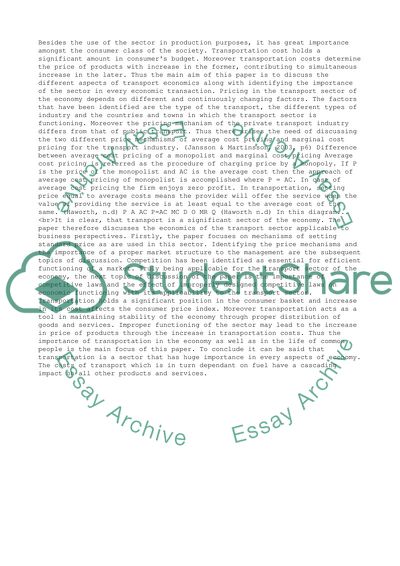Cite this document
(“Economics for Transport Manager Essay Example | Topics and Well Written Essays - 3500 words”, n.d.)
Retrieved from https://studentshare.org/management/1425048-economics-for-transport-manager
Retrieved from https://studentshare.org/management/1425048-economics-for-transport-manager
(Economics for Transport Manager Essay Example | Topics and Well Written Essays - 3500 Words)
https://studentshare.org/management/1425048-economics-for-transport-manager.
https://studentshare.org/management/1425048-economics-for-transport-manager.
“Economics for Transport Manager Essay Example | Topics and Well Written Essays - 3500 Words”, n.d. https://studentshare.org/management/1425048-economics-for-transport-manager.


